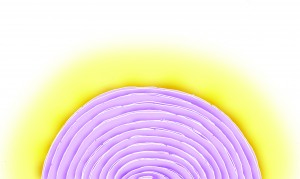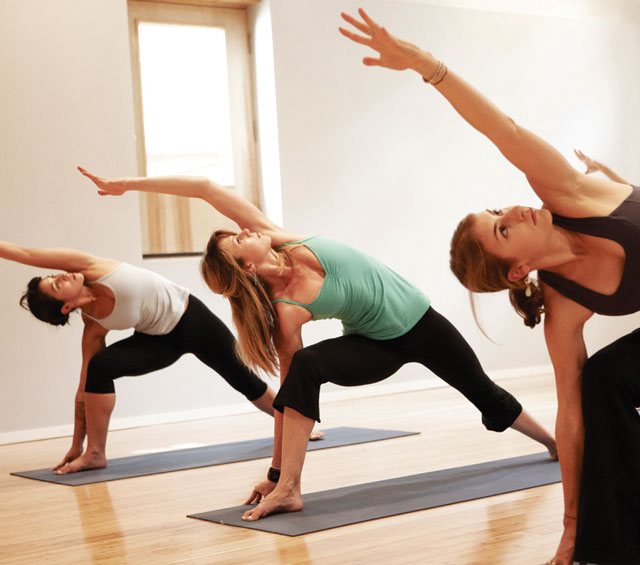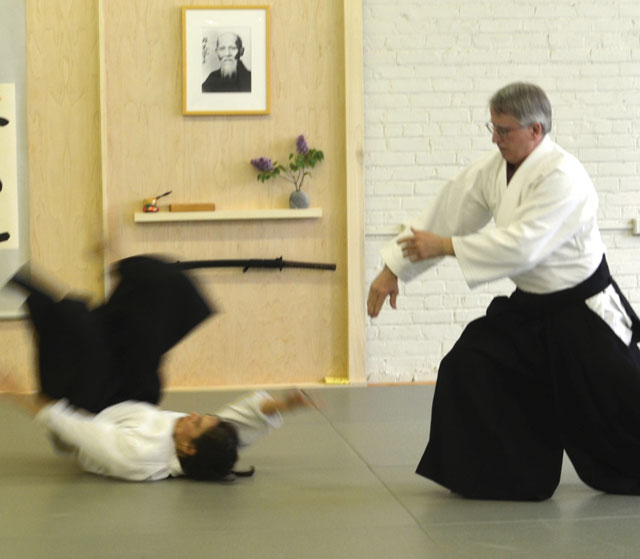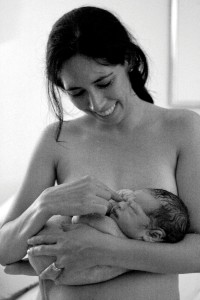Summer is coming, and so is the annual ritual of spending time outdoors by the beach or the lake. And of course most people follow the modern ritual of going into the sun covered by a plastic goo called . . . sunscreen! How ever did we get to a notion that the sun, that life-giving element, is our constant enemy? While it is true that even the best thing can at times be detrimental (think King Midas), the negative aspect of sunning has almost obliterated its positive side in the public mind today.
Sunlight is required for the internal production of vitamin D. Surprising amounts of research are now showing that a deficiency of that vitamin is associated with a large number of disease states, including osteoporosis, multiple sclerosis, and many different kinds of cancers including those of the breast, colon, ovary and kidney. Studies have also found that lack of vitamin D is implicated in the tendency of older people to fall.
Vitamin D, essential for human health, is more a hormone than a vitamin, as it is secreted by the body under the influence of sunlight. This activity involves the skin, the liver, and the kidneys, and about 36 hours after the sun exposure the synthesized vitamin D (known as cholecalciferol, or vitamin D3)is available in the bloodstream. It has multiple effects, one of major ones being that of helping the absorption of calcium from the intestines. The body can store this “vitamin” for several months, so that we can survive the winter with little or no sunshine. Of course, comes the spring, and everybody is out again trying to get some sun. Latitude has a lot to do with the availability of sunlight – people below the 40th parallel get better exposure.
However, although it used to be that there was very little vitamin D deficiency in sunny climes, this seems to be no longer the case. The deficiency has been found in Hawaii, Florida, and other places where the weather is often bright. What is going on here? Three things: 1) people (adults and especially children) stay indoors a great deal of the time, with work, homework, computers, and TV; 2) when outside, people don’t necessarily walk to where they’re going, but take the car, bus, train, or other covered conveyance, the glass windows of which do not admit the UV rays; and 3) if they do go out, they cover themselves or their children in abundant sunblock creams. Considering that a sunblock of SPF 8 prevents the body from getting as much as 85% of the normal vitamin D, anything higher means you get NONE.
What about skin cancer? The role of the sun in that disease has been vastly overrated. Recently someone in my class took me to task over this issue. She said her father had died of melanoma. I was of course distressed at the news. Then I asked her, where was the melanoma? On his back, she said. I asked if her father regularly worked under the sun with his shirt off. No, he was an indoor person. My question then, what has the sun to do with a melanoma on the back? I believe, rather than the sun causing the cancer by itself, that it pulls to the surface various toxins, drugs, or what have you that may be stored inside the body, and it is those toxins themselves, rather than the actual sun, that cause the cancer.
Interestingly, a number of studies have found that there is an inverse relationship between the incidence of cancer and the exposure to sunlight – that is, the more cancer, the less sunlight, and viceversa.(Moan, Porojnicu et al. 2008) Hospital patients who are put in sunny rooms recuperate a lot faster than those in rooms with little daylight.(Walch, Rabin et al. 2005). Sunlight is a nutrient much like food, and the lack of it can give us many problems, both physical (as we just saw) and psychological – lack of sunlight is associated with SAD (Seasonal Affective Disorder), and possibly depression.
What to do, then, to get sufficient vitamin D into our system? The aim is to be sensible, and in terms of sun exposure, the main issue is to get enough but to AVOID BURNING. For redheads, this may mean no more ten minutes in the sun at a time. For those a bit less sensitive, twenty minutes a day for 3-4 days per week may do it. For Caucasians, a very slight skin redness is OK, and developing a light tan is OK too – that allows for a little longer exposure. For those with darker skin, sun exposure may need to be considerably more, maybe 8 to 10 times more. Each person should know how much sun is enough for his or her body.
In warm seasons, sun exposure should start carefully as the weather warms, and can be increased over time as the skin tans. This also depends on the surroundings: you get more UV rays in places with reflective surfaces, such as sand, water, and snow. In such areas, you may get your vitamin D if you stay in the shade with enough skin exposed (say 40-50% or so), with less likelihood of burning.
In the unfortunate case that you’ve had too much sun, slather plenty of fresh aloe vera gel on your reddened skin – repeat before going to sleep. One redhead in my class who had sorely overdone her sunning, spent about 2 hours submerged in a cool bath, which helped pull the excess heat from her body and avoided the sunburn. In addition, foods rich in antioxidants (colorful vegetables and fruit, especially berries) help lower your risk of burning.
The most noticeable benefit from making your own vitamin D from sun exposure is that you cannot get an overdose – when your body has had enough, it stops making it. Getting an overdose of vitamin D from supplements or fortified foods can be quite toxic and dangerous; it’s called “hypervitaminosis D” and is characterized by high blood calcium and soft tissue calcification which can occur in the brain, blood vessels, heart, lungs, and kidneys.
If you are concerned about whether you have enough vitamin D in your system, check with a health professional. There are blood tests that can tell you – ideally, you should have between 45 and 55 ng/ml. Below that you get into deficiency status. However, you can go much higher with the sunlight approach, maybe up to 80 ng/ml.
Any vitamin D in foods? Indeed there is some, mostly in eggs and fish. Fish livers are particularly rich; the classic Northern European source is cod liver oil. Try a couple of teaspoons per day in some juice during the winter months. There are vitamin D precursors in vegetables, notably parsley and shiitake mushrooms. So then here is a nice recipe for a vitamin D boost, not as good as sunshine, but it certainly can help.
By Annemarie Colbin


 Of course, I would be remiss not to mention yoga when talking about physical and mental well-being. Yoga is one those fitness trends we’ve probably all tried a few times before losing our yoga mats in the depths of our closets. But perhaps we haven’t been seeing beyond the hippie-dippy mumbo jumbo of it all.
Of course, I would be remiss not to mention yoga when talking about physical and mental well-being. Yoga is one those fitness trends we’ve probably all tried a few times before losing our yoga mats in the depths of our closets. But perhaps we haven’t been seeing beyond the hippie-dippy mumbo jumbo of it all. One normally doesn’t associate zen with defending oneself against an attacker, an attacker who may very well have a knife or Samurai sword, for that matter. But Sensei Stewart Johnson, head instructor and dojo cho, explains, “The goal is to develop the necessary skill, focus, awareness and compassion to control an attack without injury to your attacker or yourself. Aikido is purely defensive in nature, relying on throws, joint locks and pins rather than disabling strikes. We strive to blend with the energy of the attack, redirecting and guiding it to a throw, joint lock or pin.”
One normally doesn’t associate zen with defending oneself against an attacker, an attacker who may very well have a knife or Samurai sword, for that matter. But Sensei Stewart Johnson, head instructor and dojo cho, explains, “The goal is to develop the necessary skill, focus, awareness and compassion to control an attack without injury to your attacker or yourself. Aikido is purely defensive in nature, relying on throws, joint locks and pins rather than disabling strikes. We strive to blend with the energy of the attack, redirecting and guiding it to a throw, joint lock or pin.”